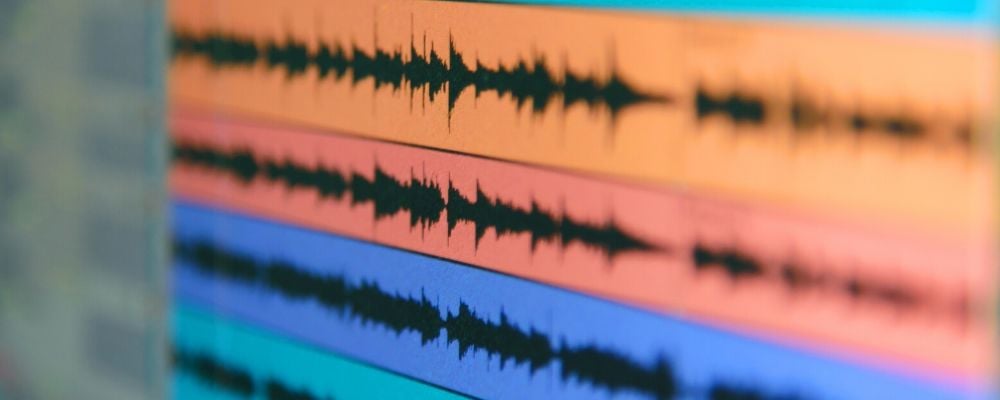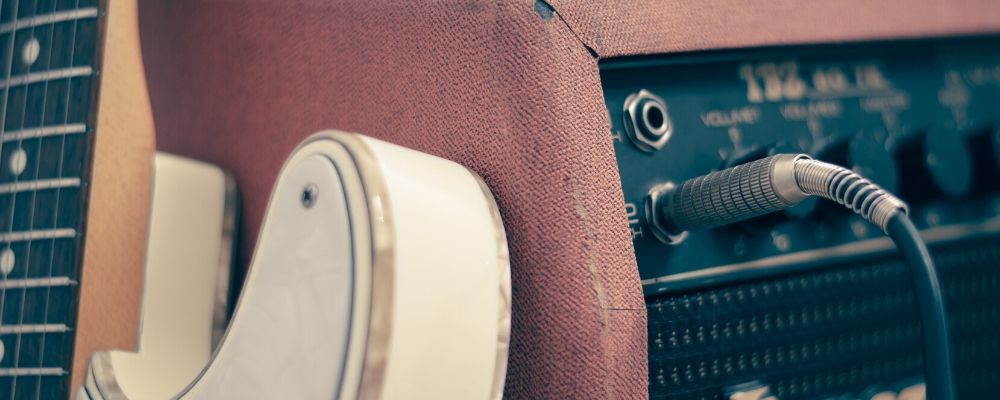Through music, you can create an emotional connection with your audience, which will lead to a higher involvement in your business or project.
Here you will find 7 practical tips for picking an ideal track for your video.
Tip 1. Set the tone.
This is a key step: The tone of your video will determine the mood of the music.
Unless you’re intentionally contrasting the music to the video scene, it’s better to use the track that will amplify the atmosphere and feeling of your video.
The right music evokes the desired emotional response. Think of the idea of your project, what you want your viewers to feel and think, and define keywords for searching the right track.
Tip 2. Use music "bookends".
In some cases, music simply isn’t needed throughout the whole video project. Why not give the music a featured role in the opening and/or closing sections of your video, acting as a set of "video bookends"?
A corporate video may actually benefit from such an approach. This helps set your tone, hold your message together, and bring your viewers a feeling of completion.
One way to do this is to take one music track to open and close the video and sync music with an image for three to five seconds.
Tip 3. What about vocals?
In most cases, background music is perfect if it wasn’t even noticed. It should supplement your message and amplify the emotions, and not distract the viewer from the video. Especially when you have an interview or a dialogue on screen – don't let the music get in the way.
A non-vocal track would be in most cases a safer bet. Yet if you decide to choose a vocal track, make sure the words support the action on the screen and don’t compete with the human voice.
Tip 4. Real instruments.
Avoid MIDI and digital instruments – they may sound corny and cheap. People will always recognize fake instruments, no matter how amazing some samples sound.
The track that has real acoustic guitar, piano or drums will sound more organic even to the untrained ear.
Tip 5. Explore a Music Library.
This part is up to your budget – firstly, and time – secondly.
Depending on your project, you may consider hiring a composer to make a soundtrack for your video, but it won’t come fast and cheap.
Instead, you may use music tracks from a royalty-free music library. Most of them have well-developed search functions, so you may find the right track according to the genre, mood, instrumentation, vocals/no vocals, music tempo, and other useful criteria. It’s so easy!
Needless to say that you get access to thousands of high-quality licensed tracks, so you won’t have a problem with copyright violation.
Tip 6. Avoid the duration traps.
Never try to match your video with the music. Instead, make the music work for you! Cut it up, loop or replace parts of the track to get the best result.
Sometimes a great way to accent an image or a message is to actually pull out the music for that moment and then re-introduce the music right after. Another popular approach is to emphasize the right moment in a video by an emotional climax in music.
Here at TakeTones, we provide a whole set of shorts and loops with each track so it may be customized in any way. You get a few parts of the track and can cut them together in any order, and the final track will certainly sound organic and complete. Give it a try!
Tip 7. Make use of audio frequency and tone
Studies in the physics and neuroscience spheres show that there are predictable physical and psychological responses people have to music. Tone and frequency have a certain impact on us and should be considered when choosing music for your video.
Sometimes, working with a video, you may have to turn down the music so that it becomes hardly audible in order to hear the voiceover. To avoid such situations it’s better not to choose tracks with the instruments that have the same frequency spectrum as the human voice. These instruments are guitar, violin, cello, viola, and parts of the piano and keyboard instruments.
In case you need these particular instruments, find tracks with a simple or repetitive melody to be able to turn up the volume and not lose the emotion of the music.
If you want to convey power and strength alongside a voiceover, try using instruments in the low frequencies (bass, for example).
See below an approximate guide to considering the emotional impact of instrumentation and frequency.

Audio frequency range
Midrange to high frequencies
Emotions conveyed: happiness, "you can do it", simplicity, ease, forward-thinking.
Instruments: ukulele, higher notes on a guitar, higher notes on piano and keyboards, higher notes on harp, violin, viola, bells and glockenspiel, flute, piccolo, trumpet, other high brass, and woodwinds.
Midrange to low frequencies
Emotions conveyed: power, strength, “tried and true”.
Instruments: bass, timpani and big percussion, low cellos, low brass horns.
This tip was the last. We hope all these points were helpful and now you can pick just the right music easily! Explore our music library to put your knowledge into practice.






